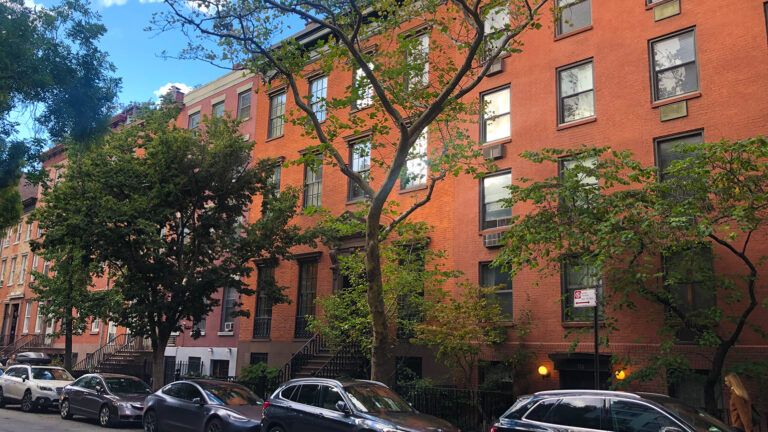If you’ve ever been to the seashore, you’ll never forget the gritty feel of the sand on your knees and your hands as you built a sand castle.
You’ll always remember the chilly thrill of the wavelets on your feet, and the pure vastness of the ocean stretching out before you
much farther than you could see. It’s an experience every person should be able to enjoy.
My grandparents and great grandparents—Norwegian, Scottish, and German—had to sail across the Atlantic Ocean to get to America. It was so vast, it took weeks!
Oceans still are vast…making up 70% of the surface of Planet Earth. Not long ago, people thought humans would never affect the oceans. They were too vast.
Reading my morning newspaper, I learned of two ocean areas deeply affected by humans. They’re not even close to shore. Because of the movement of currents, and because of all the garbage we have dumped in the ocean, there are at least two oceanic trash dumps.
One is in the Atlantic Ocean north of the Caribbean. The other, in the Pacific Ocean between California and Hawaii, is known as the “Great Pacific Garbage Patch.” During recent experiments, researchers in the Atlantic and Pacific threw out a net, and each pulled in over 1,000 pieces of plastic trash, during a single tow of a net! That’s not even counting all the other kinds of trash they pulled in.
Plastic. It’s all around us…invading the oceans of the world. And there’s no end in sight.
That sand we loved to play in as children is no longer composed simply of bits of stone and seashells worn down through the centuries. Today, the sand of our oceans is part stone, part seashell, and part—scientifically measurable tiny pieces of plastic!
This thought is almost overwhelming to me, especially when I think of my grandchildren. At what point will our vast oceans be so full of plastic, sewage and garbage that people will no longer go in the water? I want my grandchildren to enjoy the oceans and seashore for life…to enjoy the feel of the sand on their feet as they walk along the beach.
There is a huge amount of work to do to clean up our oceans. But I have to believe we can do it. And that we will. The alternative is just too unthinkable.
Re-cycle. Re-use, Re-think.
What can I do? Three things: I’m switching from plastic to cardboard containers for milk and for eggs, and I’m curing myself of thinking that disposable plastic plates and cups have a place in my house and in my life. It’s a beginning. What are you going to do?
“The gathered waters, He called seas, and God saw that it was good.”—Genesis 1:10
Carol
Feel free to email me your environmental tips and questions!




